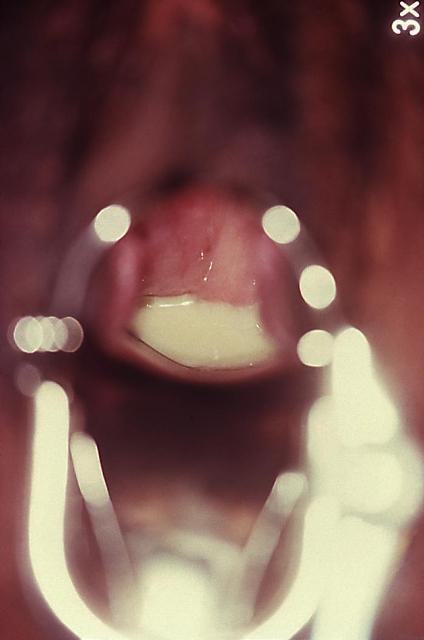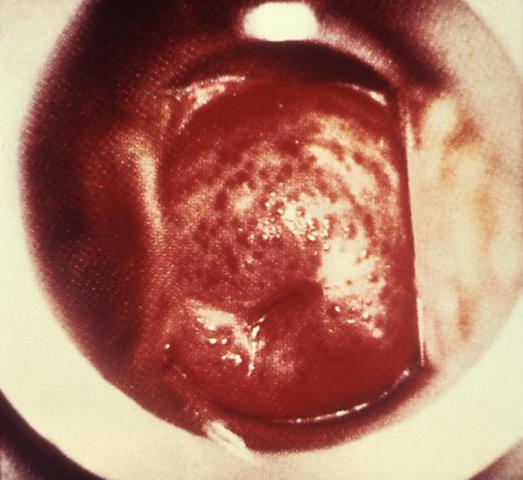Trichomonas vaginalis: Human Interaction
Background
Information
T. vaginalis is one of the most
common and curable sexually transmitted diseases. The protist
forms a
parasitic relationship with its human host, meaning it
benefits from the host while causing harm. An estimated five to
eight million new cases occur each year. The infection is
transmitted from host to host via unprotected sexual contact,
generally between a male and a female or two females.
Images and Information on Other Parasites
Symptoms
Men infected with T. vaginalis are
usually asymptomatic. In rare cases, there will be irritation,
burning, or discharge from
the penis. Women will show symptoms of being infected between
five and 28 days after exposure. Irritation, inflammation,
burning, itching, and a smelly, frothy, discharge, ranging from
green to yellow to gray are indications of a T. vaginalis
infection. Sores will sometimes be present as well, from the T.
vaginalis' barbwire-like axostyles.
Vaginal discharge, due to a T. vaginalis infection
A "strawberry cervix". Inflammation, irritation, and sores on the cervix due to a T. vaginalis infection
If a picture is worth a thousand words, you now have two thousand reasons to make sure to use protection during sexual contact. These T. vaginalis infections can easily be diagnosed using wet mounts or cultures, and treated using prescription drugs. However, there are more symptoms that are not as easily treatable. Women with T. vaginalis often have premature or low birth weight babies. The irritation and inflammation associate with T. vaginalis also makes an individual more succeptible to passing on and recieving HIV and other more serious STDs. Any inflammation, sores, or tears caused by a T. vaginalis infection allow more bodily fluids in and out than usual, and those fluids could be carrying harmful pathogens.
Prevention
T. vaginalis infections can be prevented in a
various number of ways:
-abstinence
-practicing monogamy with someone who
is tested and not infected
-laytex
condoms
If T. vaginalis
is contracted, both partners must be treated, and abstain until
treatment is finished, otherwise they will be continuously
re-infecting each other!
Prevention and Information on Other STDs

